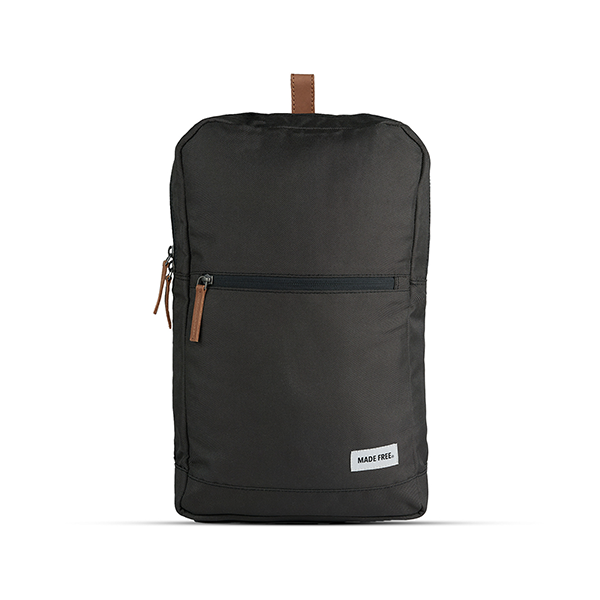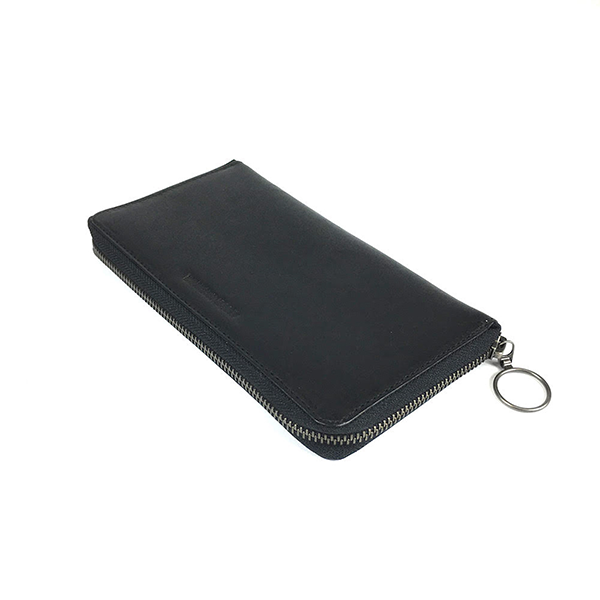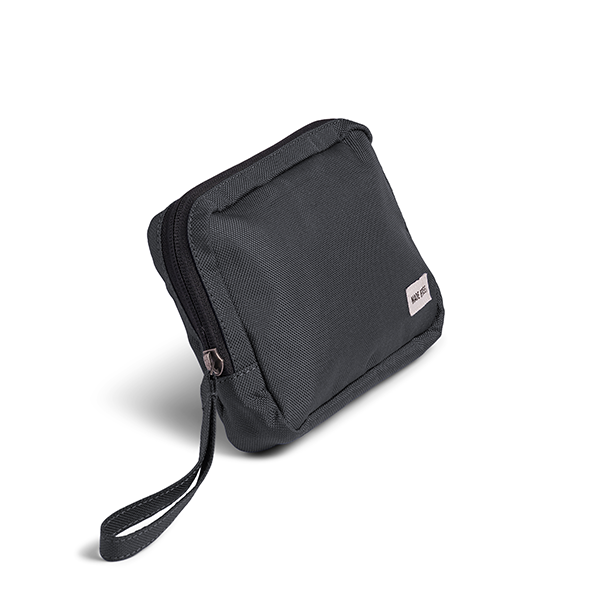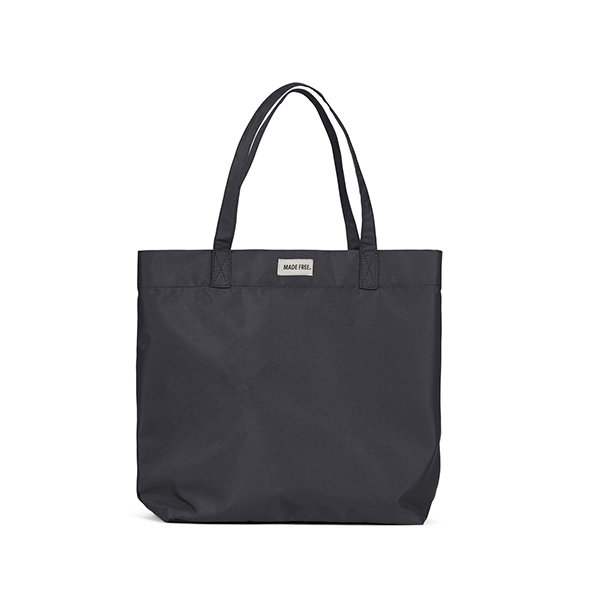
As we step into 2025, sustainability is no longer an optional buzzword or a clever marketing hook. It’s a demand from shoppers who care about their planet and the people who make their clothes. This year, expect innovation to meet intention, with the industry stepping up in bold, game-changing ways. Here’s what you need to know about the future of sustainable fashion—and how you can wear your values.
Circular Fashion: More Than a Buzzword

The days of buy-wear-dispose are (thankfully) fading into the past. Circular fashion, the industry’s answer to overconsumption, is all about keeping clothing in rotation for as long as possible. Think resale platforms, repair services, and take-back programs designed to turn yesterday’s outfit into tomorrow’s favorite piece.
Currently, only 12% of clothing is recycled globally, while 92 million tons of textile waste are generated each year. Circularity aims to close this gap by rethinking how we produce and dispose of clothing. In 2025, expect brands to double down on recycled materials and designs built to last. Your wardrobe might even come with a lifecycle plan—because fashion should never end up in a landfill.
Tech Transparency: No More Secrets
Shoppers in 2025 want receipts—literally. Tools like blockchain technology and AI are giving consumers a clearer picture of where their clothes come from, how they’re made, and who’s making them.
Brands that embrace this transparency aren’t just earning trust; they’re setting a new standard for accountability. For a generation of shoppers asking hard questions, tech-driven traceability is becoming table stakes.
On-Demand Fashion Is Having a Moment

We’re all familiar with the sales racks piled high with unsold clothing, the ghost of overproduction haunting the industry. On-demand fashion flips the script. By producing garments only when they’re ordered, brands can minimize waste and create a more thoughtful approach to manufacturing.
It’s estimated that 30% of clothing produced globally is never sold, contributing to billions of dollars in losses and environmental waste. On-demand manufacturing helps combat this issue while opening doors to personalized, custom-fit designs that prioritize quality over quantity.
Biodegradable Materials: The Future Is Natural
Fabric innovation is hitting new highs, and the vibe is unmistakably earthy. Enter biodegradable and compostable materials like mycelium leather, hemp, and algae-based textiles. These fabrics are designed to return to the earth as gracefully as they left it—no synthetic residue, no guilt.
With synthetic fibers like polyester making up 60% of clothing produced globally—and taking up to 200 years to decompose—the shift to natural, biodegradable materials is essential. Brands in 2025 are embracing fabrics that not only reduce environmental impact but feel incredible to wear.
Sustainability Gets Personal
The future of fashion isn’t just about materials and methods—it’s about people. Sustainable brands are placing equitable practices at the heart of their mission, ensuring fair wages, safe working environments, and dignity for workers across the globe.
Modern slavery remains a grave issue today, with Walk Free's Global Slavery Index estimating that it generates over $150 billion in illegal profits annually. Disturbingly, a significant portion of those affected work within the garment industry, often in exploitative conditions.

Shoppers are demanding better accountability and transparency from brands, pushing for ethical practices that prioritize the well-being of workers over profits. For more on these statistics, visit the Global Slavery Index or learn about global efforts to protect workers.
How to Build a Sustainable Wardrobe in 2025

Sustainable fashion doesn’t require a total lifestyle overhaul—just smarter, more intentional choices. Here’s how to make it work for you:
- Buy Less, Choose Better: Quality pieces last longer and always look chic.
- Repair, Repurpose, Repeat: Love a piece too much to let it go? Make it last.
- Support Ethical Brands: Your dollars are votes—spend them where they matter.
You might also like: 6 Essential Questions for Building a Sustainable Wardrobe
MADE FREE: Your Everyday Ethical and Sustainable Solutions
At MADE FREE, sustainability isn’t just a trend—it’s a way of doing business. Every purchase directly supports makers in India with fair wages and dignified work, helping to combat human trafficking and poverty.

Pictured: The Made Free FOR HUMAN JUSTICE Market Tote and the Leather Day Tote
Each product is crafted with care, using ethically sourced materials and designs that reflect both beauty and functionality. By choosing MADE FREE, you’re helping to rewrite the story of what fashion can be: empowering, transparent, and deeply connected to the hands that make it.
In 2025, let’s make fashion about more than just aesthetics. It’s time for style with substance.





0 comments